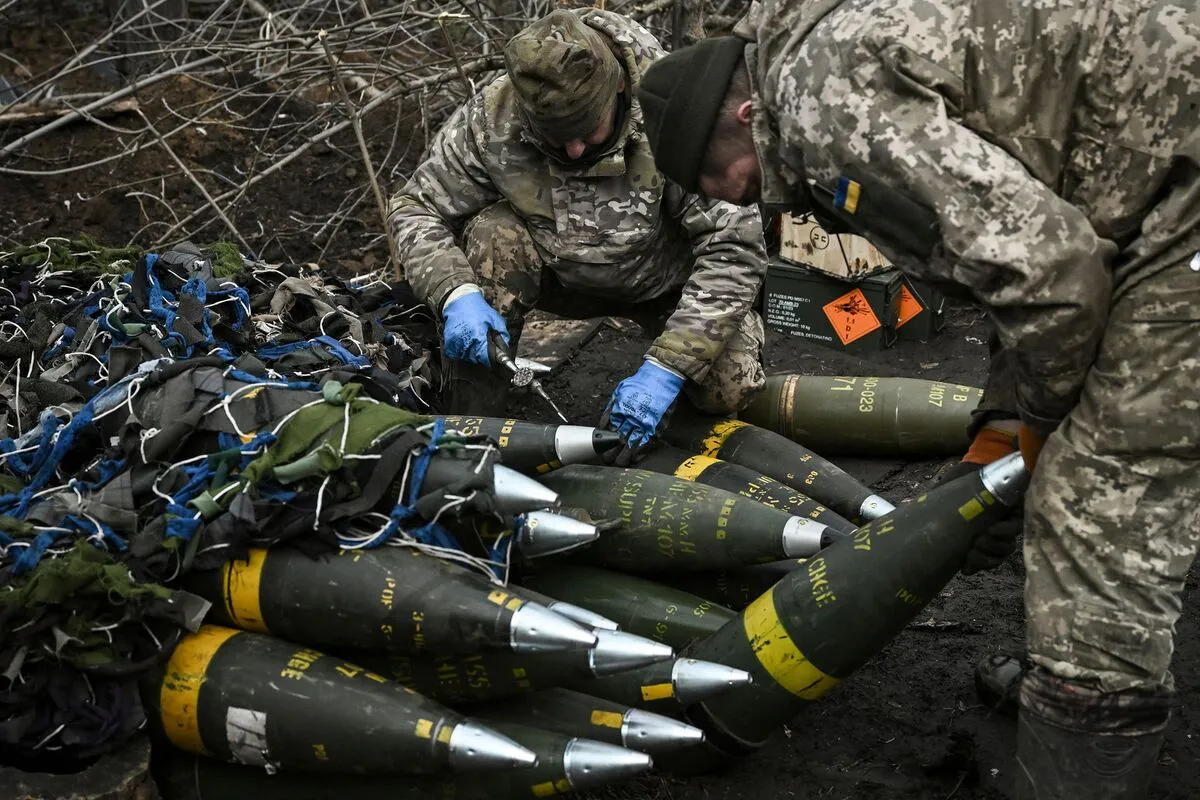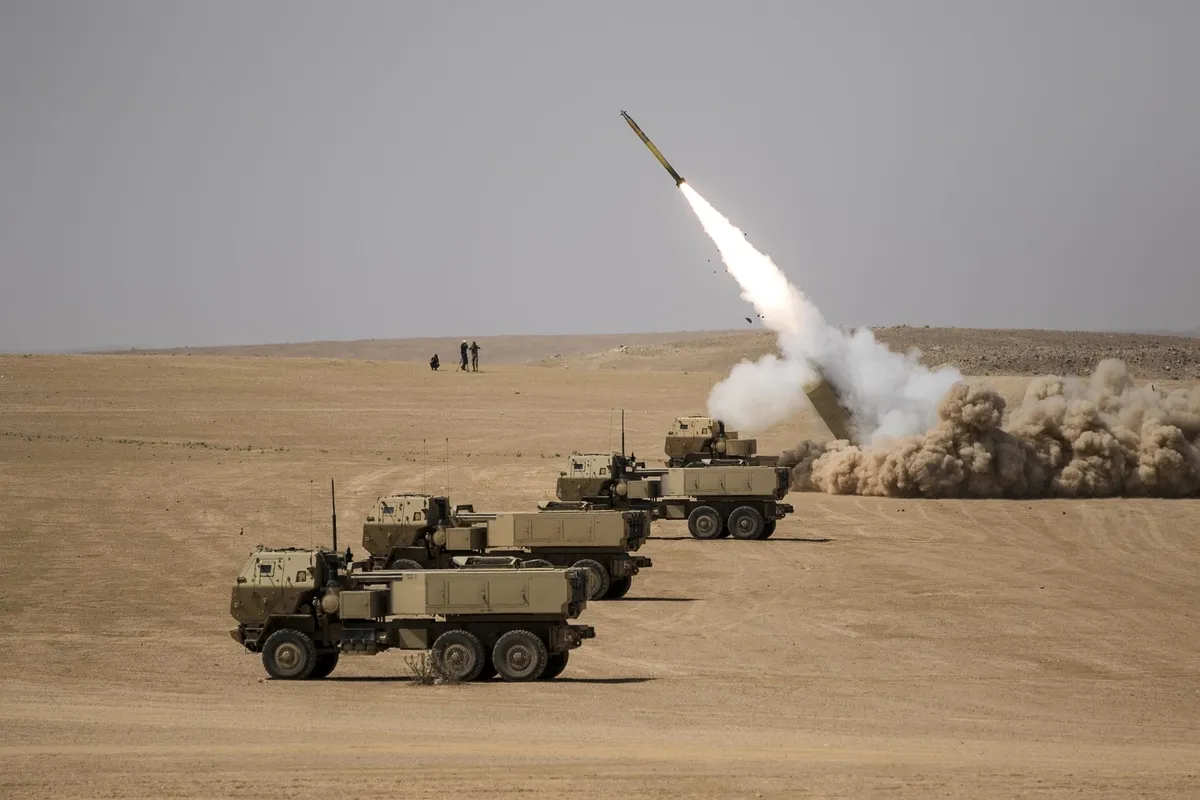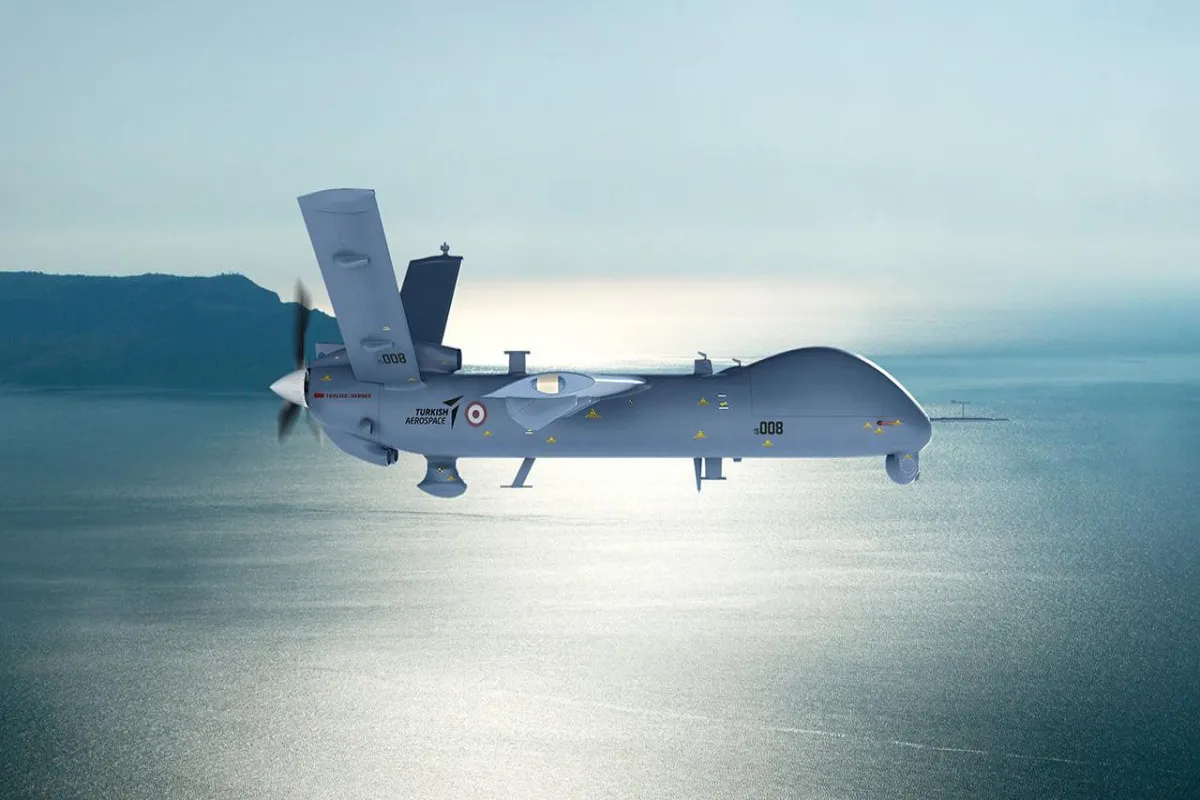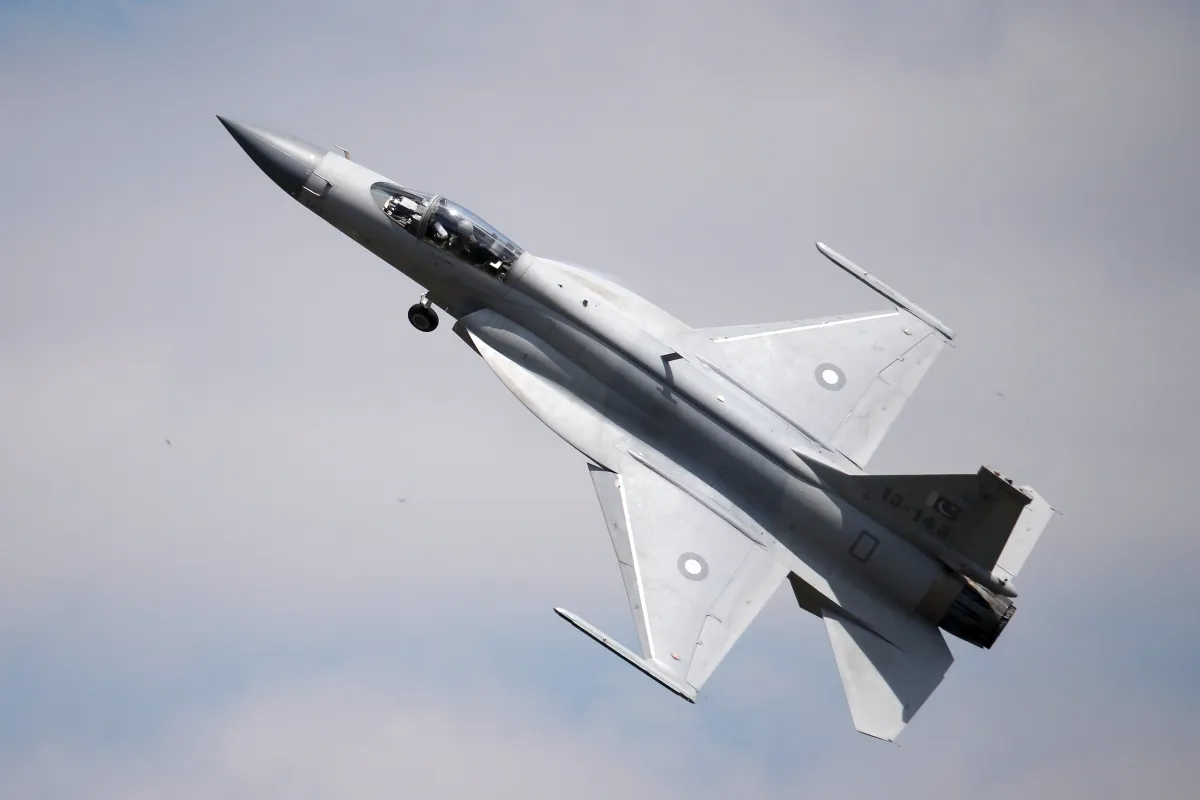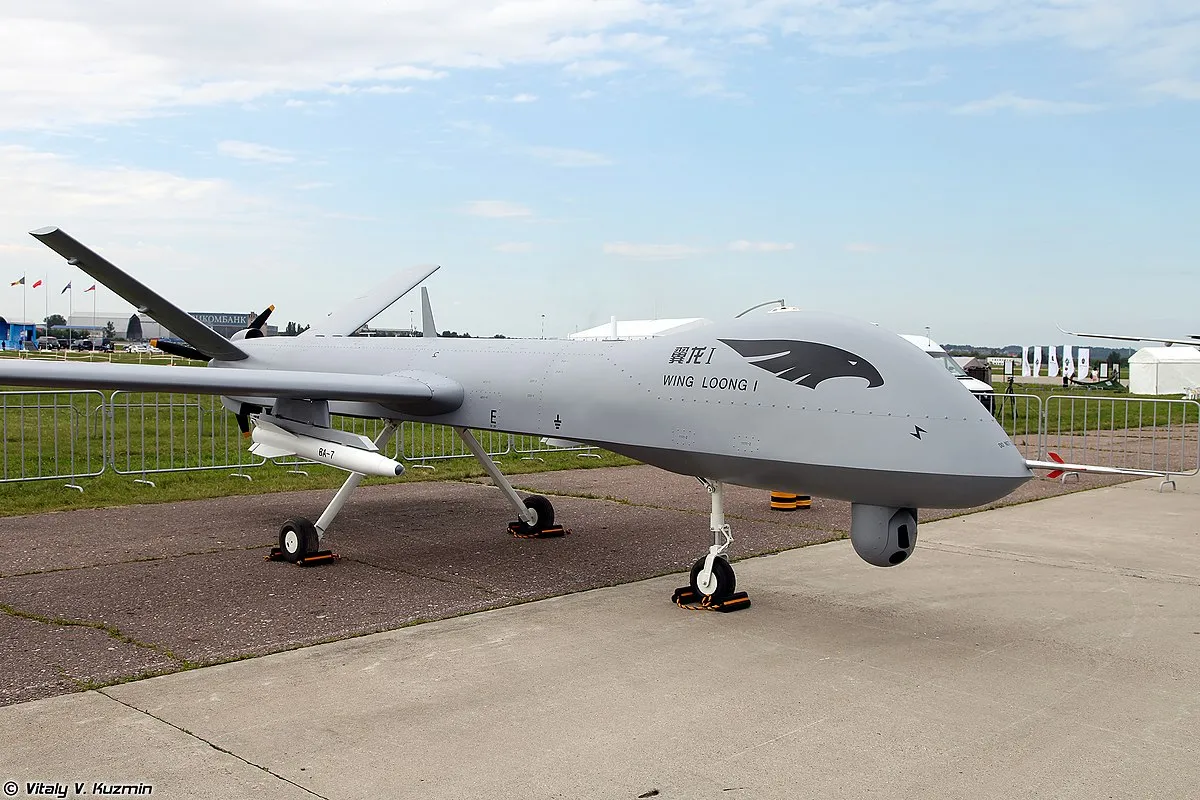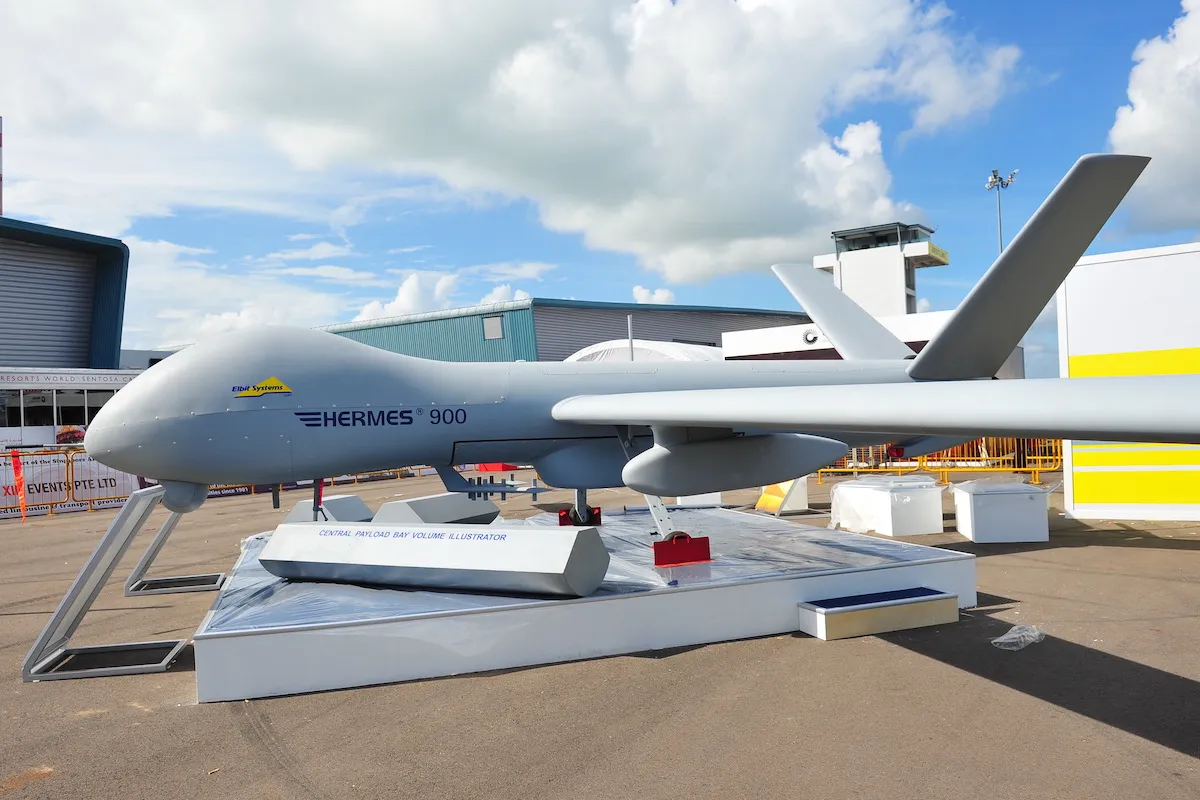Today, in 2025, stealth technology has become the cornerstone of modern military aviation. Air Forces around the world are trying to procure the stealthiest aircraft possible because it is the future of air combat. Advancements in the fields of Radar Absorbing Materials (RAM), high-powered radars, and stealthy aerodynamic designs are becoming key domains to compete in. This article will make sure you know the best possible stealthiest aircraft out there, so you stay aware of how the battle is evolving, whether you are an aviation geek (like me) or a defense analyst.
What Makes a Plane Stealthy?
Before we explore the top stealth aircraft, let’s understand what makes an aircraft “stealthy.” Stealth technology minimizes an aircraft’s detectability by reducing its radar cross-section (RCS), infrared signature, and other emissions like sound and radio frequency. Key highlights include:
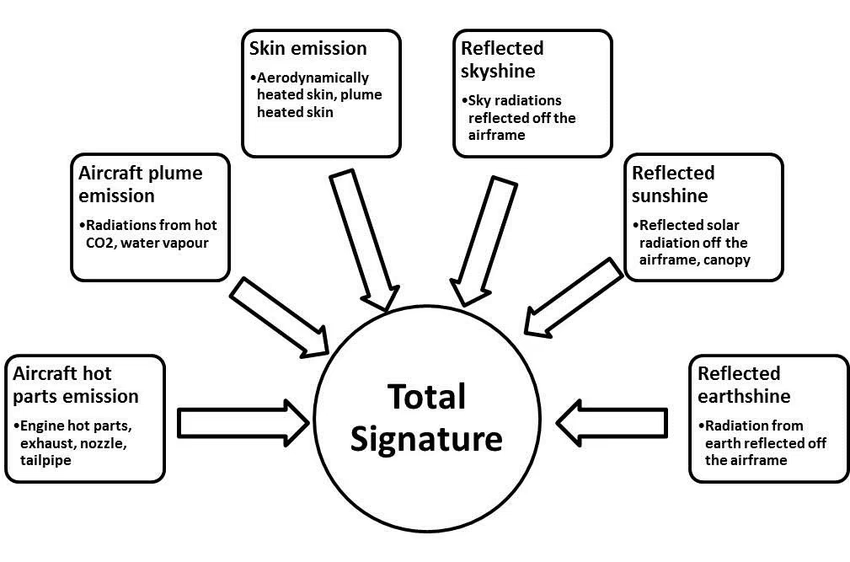
- Shape and Design: Angled exteriors and smooth contours deflect radar waves away from their source, thereby reducing the RCS. “A rule of thumb is that no surface should be perpendicular to incoming waves.”
- Radar-Absorbing Materials (RAM): Specialized coatings absorb radar signals instead of reflecting them.
- Infrared Suppression: Engine designs and exhaust cooling systems lower heat signatures detectable by infrared (IR) sensors, as in the Short Range Air-to-Air missiles.
- Internal Weapons Bays: Storing munitions (mainly missiles and bombs) internally helps maintain a low radar profile compared to external hardpoints.
- Electronic Warfare Systems: Advanced systems jam or disrupt enemy radar and communications.
A smaller Radar Cross-Section, often compared to the size of a marble or golf ball for advanced fighters, significantly lowers the chance of detection. With this in mind, let’s explore the five stealthiest aircraft in 2025, ranked based on their RCS, technological advancements, and operational stealth performance.
1. B-21 Raider: The Peak of Stealth Bombers
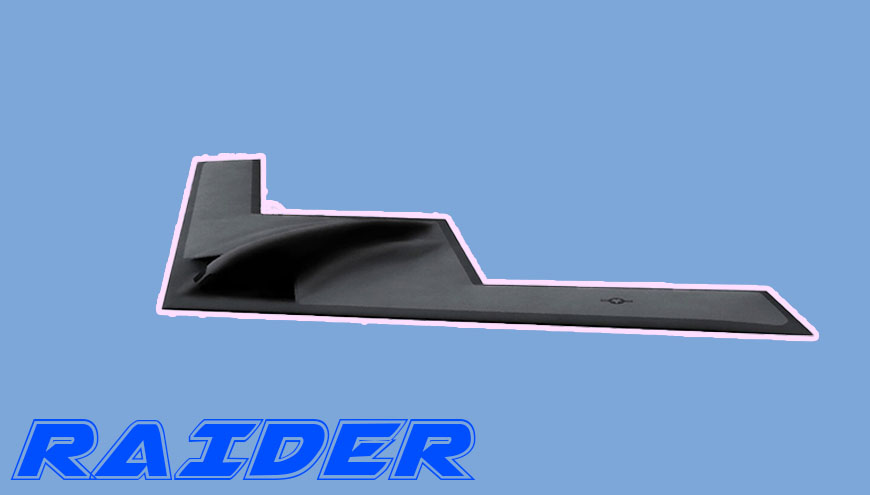
Overview
The B-21 Raider, developed by Northrop Grumman, is widely considered the stealthiest aircraft in the world in 2025. It is designed to succeed the B-2 Spirit; it is poised to take stealth technology to new horizons with its sleek design, flying-wing configuration, and specialized RAMs. It was introduced by the USAF in 2023. This bird is thought to become the apex of the stealthiest aircraft.
Stealth Features
- Horizontal Flying-Wing Design: The B-21’s smooth blend of wing and fuselage removes sharp angles and vertical surfaces almost to none, dramatically reducing its RCS. Its design is sleeker and smaller than the B-2, increasing its ability to evade hostile tracking systems.
- Advanced Materials: The B-21 utilizes next-generation RAM integrated into its composite skin, like the F-35, improving structural integrity and radar absorption compared to previous designs.
- Network-Centric Warfare: The B-21 acts as a “sensor node” in the sky, controlling drones and sharing real-time data while maintaining its low-observable profile.

Operational Role
The B-21 is designed for long-range strategic bombing, capable of delivering both nuclear and conventional payloads, including Joint Directed Attack Munitions (JDAMs). Its ability to operate in contested environments, combined with AI-assisted avionics and drone-teaming capabilities, makes it a versatile platform for command, control, and networking. The U.S. Air Force plans to deploy the B-21 in the late 2020s, with testing well underway in 2025.
Why It’s the Stealthiest Aircraft
The B-21’s optimized design and classified stealth technologies give it an RCS smaller than any other operational aircraft, potentially even surpassing the F-22 Raptor. Its ability to integrate with next-generation systems ensures it remains a cornerstone of the U.S. air superiority club.
Key Stats:
| Operator: | U.S. Air Force |
| First Flight | Ongoing testing in 2025 |
| RCS | Estimated to be smaller than the B-2 Spirit ~0.0001 m² |
| Top Speed | Mach 0.8–0.9 |
| Armament | JDAMs/JASSM/nuclear |
| Cost | $750M per unit |
2. F-22 Raptor: The Graceful King
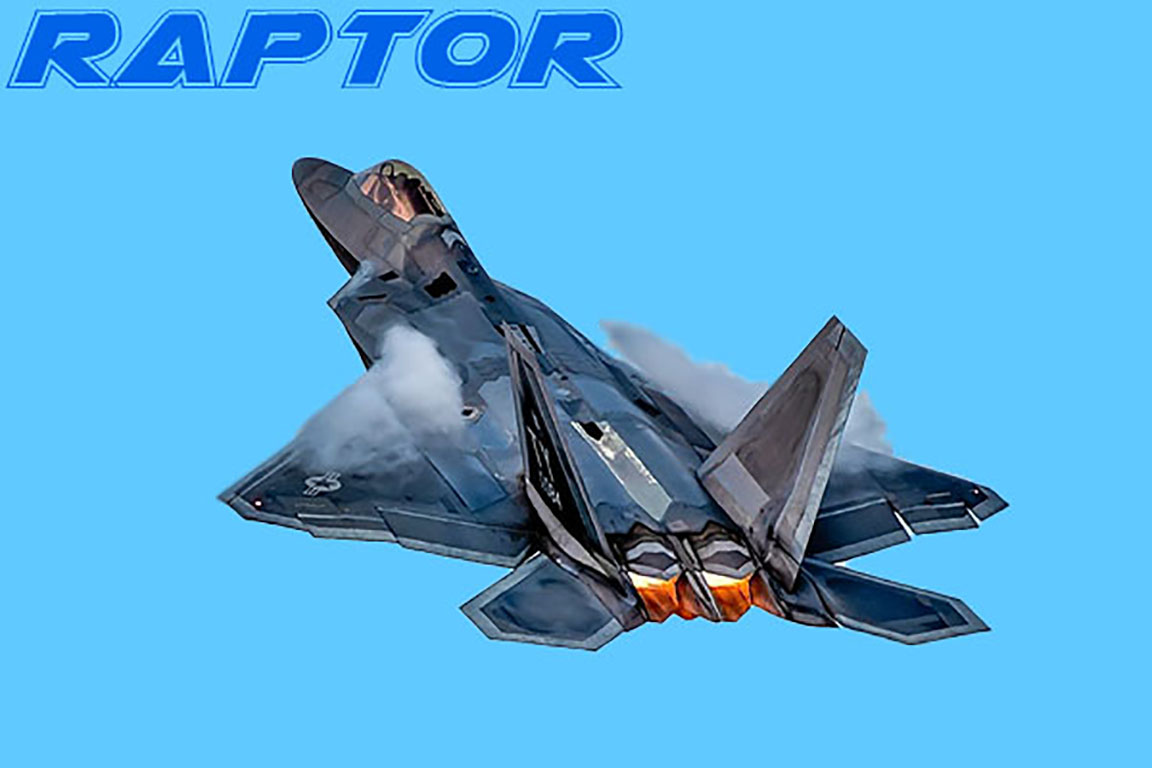
Overview
LMT(Lockheed Martin) F-22, introduced in 2005, is arguably the stealthiest aircraft in the world, which the U.S. doesn’t even export to its allies. Although it is the oldest member of the club, kinda grandpa of today’s aircrafts, it’s still the pinnacle of aerospace engineering.
Stealth Features
- Aerodynamic Shape: The F-22’s angular design deflects radar waves, while its smooth surfaces reduce reflections.
- Radar-Absorbing Coatings: Although not integrated in the main structure like F-35, specialized RAM is applied to the aircraft’s skin to minimize radar detection.
- Internal Weapons Bay: The F-22 houses air-to-air and air-to-ground missiles internally, preserving its low radar signals
- Supercruise Capability: Sustain Mach 1.8 without afterburners further reduces its infrared signature, enhancing stealth during high-velocity operations.
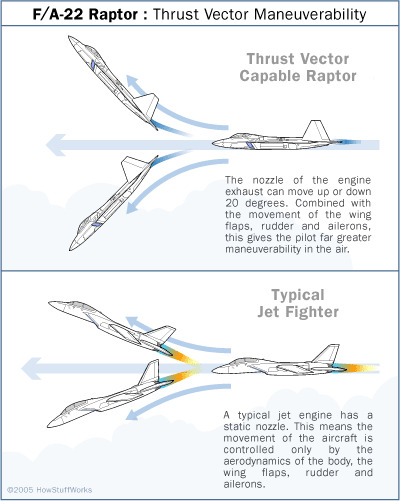
Operational Role
F-22 has been engaged in combat in Syria and neutralized threats like Iranian aircraft, solidifying its operational gallantry. A new $10.9B upgrade package has recently been approved by Congress, which adds external stealthy fuel tanks, drone communication systems, etc, keeping it relevant until its expected retirement in the 2030s. Although it would be beneficial to add AI assistance but it doesn’t seem to be included in the program.
Why It’s Among the Stealthiest Aircraft
Considering its extremely minimal radar cross-section, ability to supercruise at speeds as high as Mach 1.8, and agility, makes it overwhelmingly hard to engage at both long and short distances. While F-35 is designed for multirole purposes, Raptor is groomed for air superiority, meaning it can take on anything in the sky.
Key Stats:
| Operator: | U.S. Air Force |
| First Flight | 1997 (operational in 2005) |
| RCS | Comparable to a marble ~0.0001 m², |
| Top Speed | Mach 2.25 |
| Armament | 20mm M61A2 Vulcan cannon, AIM-120 AMRAAM, AIM-9 Sidewinder missiles |
| Cost | $334M per unit |
3. Chengdu J-20 Mighty Dragon: China’s Heavy Hitting Machine
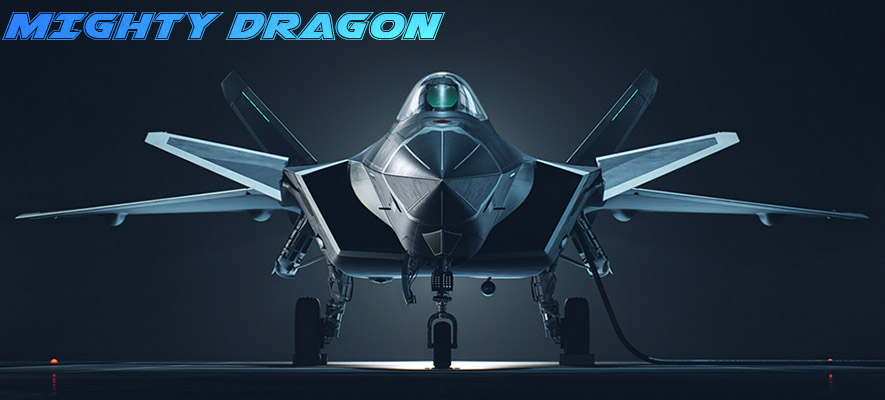
Overview
Chengdu J-20 Mighty Dragon is PLAAF’s first fifth-generation stealth fighter and is one of only 4 operational stealth fighters around he glob in 2025. It entered service in 2017 and is the backbone of China’s stealth fleet.
Stealth Features
- Long-Range Design: J-20’s thin profile and delta wing + canard configuration make it a highly maneuverable platform optimized for sniping.
- Internal Weapons Bay: An extra-large internal bay houses a 24,000-pound payload, becoming a nightmare for the enemy while keeping itself stealthy.
- Supercruising: Like the F-22 Raptor, the Dragon can also supercruise at speeds of Mach 2 without using afterburners.
- Cutting-Edge Avionics: Sensor Fusion technology and Artificial Intelligence-driven systems increase their situational awareness exponentially.
This capability makes the J-20 one of the most potent stealthiest aircraft currently in operation.
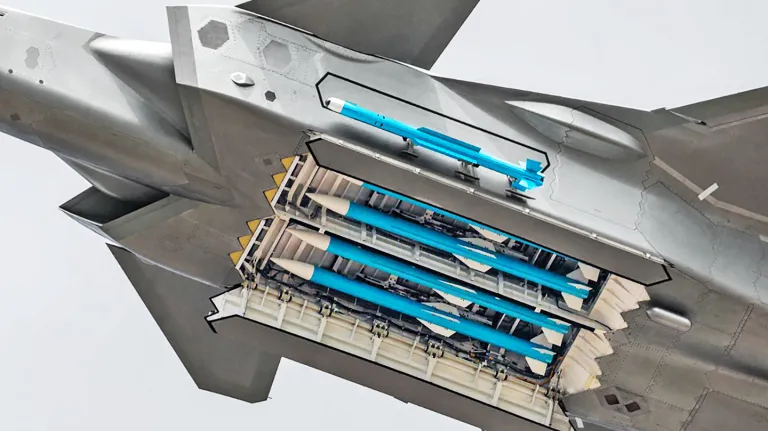
Operational Role
It is specifically designed for heavy-hitting and BVR combat, as shown by its largest payload capacity, making it a formidable foe in the stealthiest aircraft group.
Why It’s Among the Stealthiest Aircraft
Mighty Dragon’s blend of stealth and heavy munitions makes it a viable threat to Western counterparts. Point to ponder is the rapid manufacturing of these aircraft, closing the gap with the U.S., demonstrates China’s modern industrial capacity surpassing that of American, EU, and Japanese output combined.
Key Stats:
| Operator: | PLAAF (People’s Liberation Army Air Force) |
| First Flight | January 2011(operational in 2017) |
| RCS | 0.1–0.4 m², |
| Top Speed | Mach 2.0 |
| Armament | PL-15/PL-10/Laser Guided Bombs |
| Cost | $100–$110M per unit |
4. F-35 Lightning II: The Multirole Stealth Master
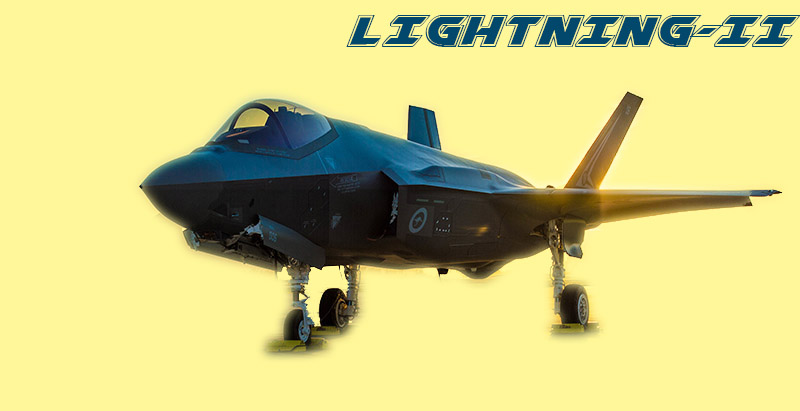
Overview
The Lockheed Martin F-35 Lightning II is the world’s most used fifth-generation stealthiest aircraft operated by the United States and its allies. Known for its resourcefulness and advanced sensor fusion, the F-35 combines stealth with multirole capabilities, making it a mainstay in the 2025 air force.
Stealth Features
- Electronic Warfare Suite: The F-35 has active radar jamming capabilities to disorient enemy planes, enhancing its odds of dominating in contested airspace.
- Integrated RAM: F-35 incorporates RAM into its composite skin, unlike the F-22, enhancing stealth. Its gray paint absorbs radar waves, further compressing its RCS.
- Angular Design: Sharp spines and angled edgings deflect radar waves, while the gold-tinted canopy keeps the cockpit from radar reflections.
- Infrared Reduction: Engine heat is dispersed via wings, and specialized nozzles cool down plumes to minimize infrared signature (heat).
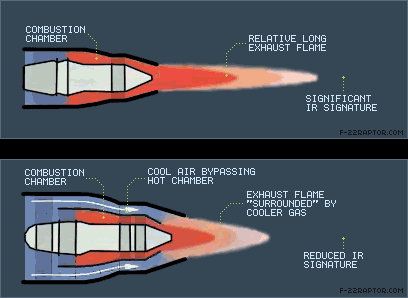
Operational Role
F-35 is very good in A-A(air-to-air) combat, gathering intelligence, and carrying out ground strikes. It is presently being used by Israel actively in Iran, conducting strikes on Iran’s alleged nuclear facilities on 13th June, 2025. It is also being used to strike in Palestine, Yemen (against Houthis), and in Syria, demonstrating its stealth capability.
Why It’s Among the Stealthiest Aircraft
As a multirole stealth fighter, the F-35 Lightning II ranks among the stealthiest aircraft in the global arena. Its RCS is a little larger than Raptor’s, but still highly effective. It integrates both passive and active stealth features that make it a threat worth pondering over. It won’t be wrong to say that the F-35 is the machine that can effectively fulfill a nation’s requirements. While not invisible, as a Houthi missile nearly hit it in 2025, it is still a top-notch jet to operate.
Key Stats:
| Operator: | USAF/Navy/Marines/international (NATO) |
| First Flight | 2006 (operational in July 2014 (USMC), 2016 (USAF), 2019 (USN) |
| RCS | Comparable to a golf ball ~0.001–0.005 m², |
| Top Speed | Mach 1.6 |
| Armament | 5mm cannon/AMRAAM/Sidewinder/JDAM |
| Cost | $110–$120M per unit |
5. Sukhoi Su-57: Russia’s Stealthy Underdog
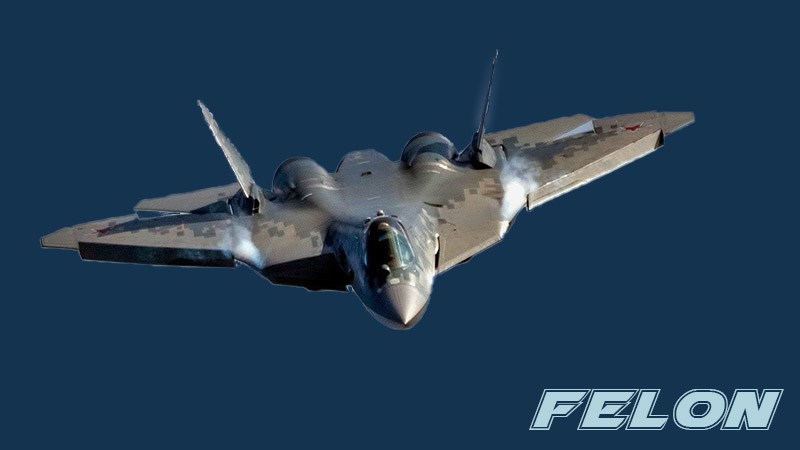
Overview
The Russian stealth fighter, Sukhoi Su-57 Felon, is the top-of-the-line asset of the Russian Air Force. Despite a non-ideal development trajectory, SU-57 makes its place in the list of best stealthiest aircraft in 2025 because of its proven combat capabilities in Syria. But the key factor, in my opinion, is its price label of around 50 million USD per unit.
Stealth Features
- Canted Tail Surfaces: These reduce rear radar reflections, enhancing stealth from multiple angles.
- Internal Weapons Bay: The Su-57 carries munitions internally, preserving its low RCS during combat.
- Radar-Absorbing Coatings: There may be some difference of opinion when compared to its U.S. counterparts, the Su-57’s RAM reduces its detectability.
- Thrust Vectoring: Exceptional maneuverability aids in evading detection and engagement, especially in dogfights where getting on the enemy’s six and avoiding the opposite nose is essential, complementing its stealth design.
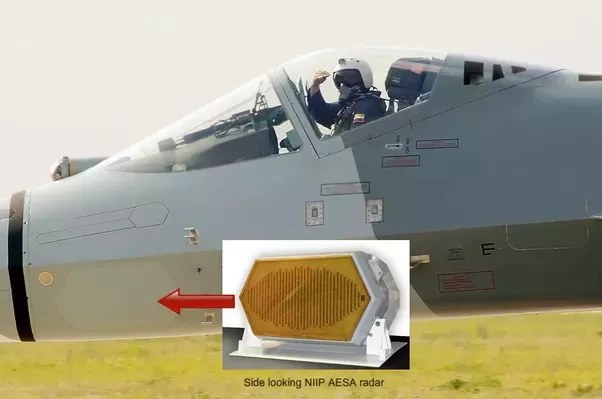
Operational Role
Su-57 has the ability, as a multirole stealth fighter jet, to have air superiority, anti-ship missions, SEAD (Suppression of Enemy Air Defenses) missions, and ground strikes. From the club of stealthiest aircraft, it’s one of the very few jets that has been used in actual operations. Deployed in Syria since 2018, it has carried cruise missiles and showcased its ability to operate in contested surroundings.
Why It’s Among the Stealthiest Aircraft
The Su-57 may have a larger RCS relative to the F-22 and F-35, but its exceptional blend of stealth, agility, and cost-effectiveness establishes it as a formidable competitor. Equipped with 2D thrust-vectoring engines and an internal weapons bay, it decisively maintains low observability in combat.
Key Stats:
| Operator | Russian Air Force |
| First Flight | 2010 (operational in 2020) |
| RCS | 0.1–0.5 m² |
| Top Speed | Mach 2 |
| Armament | 30mm cannon/Kh-59/Kh-77 |
| Cost | $50M per unit |
The Future of Stealth Aviation in 2025 and Beyond
The domain of air superiority will be tested again and again as technology continues to evolve. It’s kind of a Technology Treadmill where what you showcase today won’t be sufficient for tomorrow. Programs such as Turkiye’s TFX Kaan, the U.S. Next Generation Air Dominance, China’s J-36 and J-35, and South Korea’s KF-21 Boramae are some of the prominent projects today that will bridge the gap between 4th and 5th generation, with J-36 as a 6th gen aircraft.
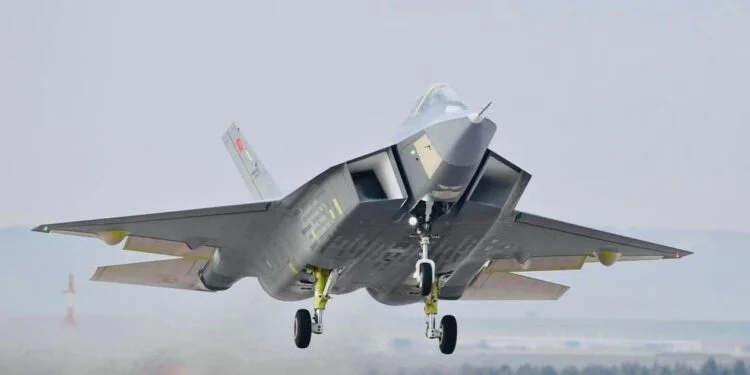
Conclusion: The Stealth Uprising Continues
The B-21 Raider, F-22 Raptor, F-35 Lightning II, Chengdu J-20, and Sukhoi Su-57 represent the apex of stealth technology. From the extraordinary RCS of Raider to the cost-effective solution in the form of Felon, each of the above platforms is a combo of cutting-edge design, radar-absorbing coatings, EW-Electronic Warfare suites, and various other techniques to become the stealthiest aircraft on the battlefield.
As countries invest in next-generation fighters and counter-stealth technologies, the skies will remain challenging as governments fund more of these programs. For now, these five aircraft dominate the pack, ensuring their operators maintain a geo-strategic edge in an increasingly intricate world of aerial warfare. Stay tuned for updates as stealth technology continues to evolve, shaping the future of military aviation.
Thank you for reaching the end!
Are you fascinated by aircrafts? Share your thoughts on which of these birds is the stealthiest aircraft in the comments below! For more insights into military aviation, subscribe to our newsletter or follow us on social media for the latest intel.

